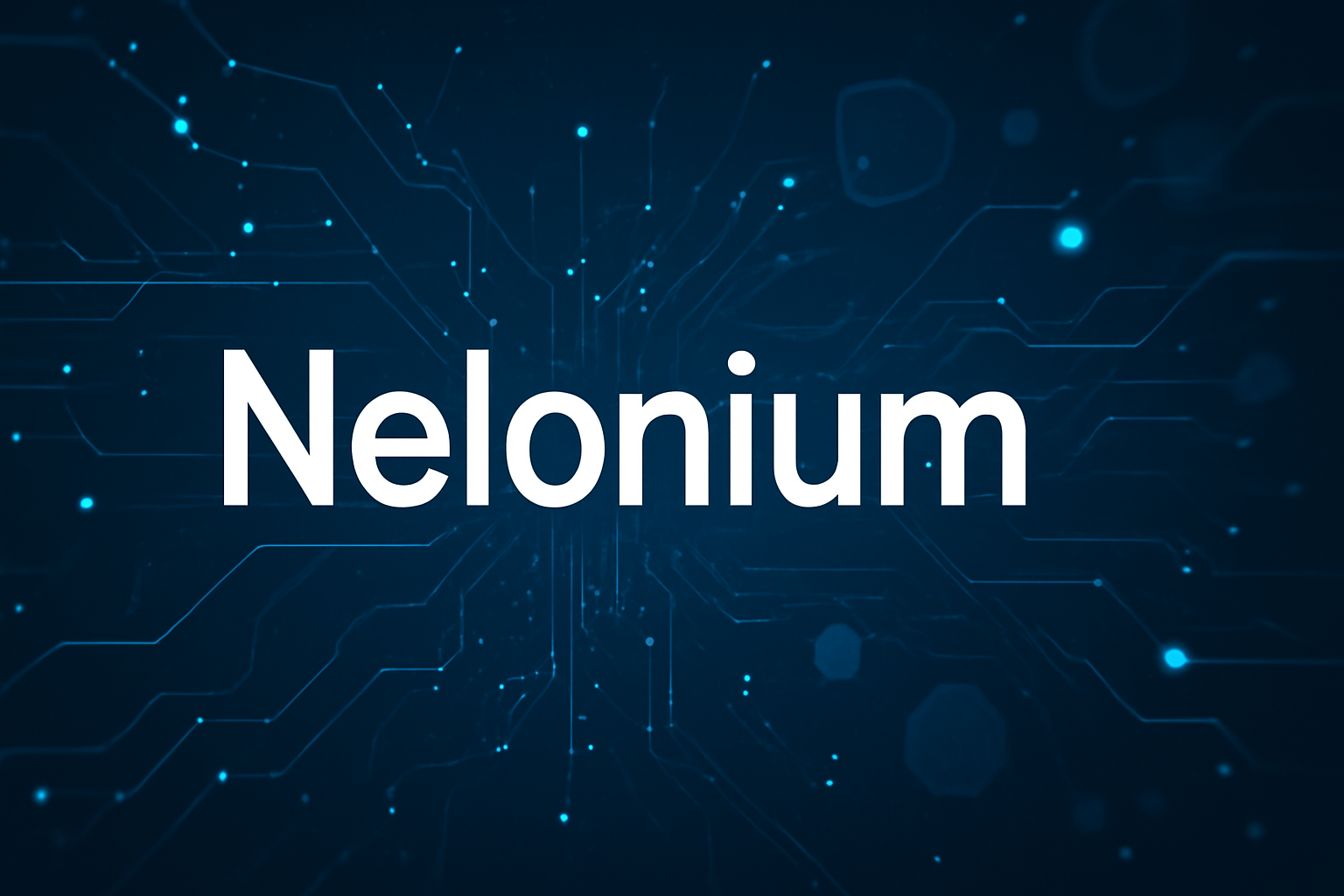In the rapidly evolving world of technology and science, new materials and discoveries are often the catalyst for breakthroughs that can alter entire industries. One such discovery that is generating immense interest is Nelonium. Though it is a relatively new term in the lexicon of researchers and tech enthusiasts, Nelonium has the potential to redefine numerous sectors, from electronics and computing to renewable energy and healthcare. This article delves deep into Nelonium’s origins, its groundbreaking properties, and the wide array of applications that could reshape industries as we know them.
What is Nelonium?
Nelonium is an advanced material that has emerged from cutting-edge scientific research, boasting a unique combination of attributes that make it highly adaptable and versatile across a range of disciplines. Though still in the early stages of development, Nelonium is being hailed as one of the most promising materials in modern science and technology. Its molecular structure, which allows for high conductivity, extreme durability, and remarkable heat resistance, positions it as a game-changer in several industries.
The core appeal of Nelonium lies in its ability to perform at extraordinary levels in both everyday and extreme conditions. It holds the potential to overcome limitations seen in current materials used in a wide array of applications. Whether it’s in renewable energy production, electronic devices, medical technologies, or environmental sustainability, Nelonium offers new solutions that could solve some of the most pressing challenges of the modern world.
The Discovery and Development of Nelonium
The discovery of Nelonium was not an accident but rather the result of years of research and collaboration between universities, private tech firms, and scientific institutions. The drive to create a material that could outclass existing options in terms of efficiency, longevity, and environmental sustainability led scientists to experiment with new compounds and structures. Through innovative experimentation, they eventually stumbled upon a molecular arrangement that not only demonstrated significant advantages over traditional materials but also had the potential to be engineered into a wide variety of forms.
The initial focus of Nelonium’s development was on its properties in electronics and energy storage, but as research progressed, it became clear that its capabilities extended far beyond these fields. Scientists discovered that Nelonium could conduct electricity with minimal resistance, withstand extreme temperatures, and exhibit excellent mechanical properties. These findings opened up a wide range of potential applications that made Nelonium a hot topic for industries ranging from electronics to aerospace.
The Key Properties of Nelonium
Nelonium’s remarkable properties are what set it apart from traditional materials. Here are some of the key characteristics that make it so special:
-
High Conductivity: One of Nelonium’s most notable traits is its exceptional electrical conductivity. Unlike many conventional materials, which lose energy through heat dissipation or resistance, Nelonium allows electricity to flow with minimal loss. This makes it ideal for use in high-performance electronics, renewable energy systems, and even quantum computing.
-
Durability and Resilience: Nelonium is highly resistant to wear and tear, corrosion, and environmental degradation. It can endure exposure to extreme temperatures, high radiation levels, and harsh chemical environments. This makes it particularly valuable for use in industries like aerospace, manufacturing, and defense, where durability is paramount.
-
Energy Efficiency: Nelonium’s ability to conduct electricity efficiently without significant energy loss is one of the main reasons why it holds promise for revolutionizing renewable energy. Solar panels and wind turbines made from Nelonium could generate electricity more efficiently, lowering costs and making renewable energy more accessible and sustainable.
-
Temperature Resistance: Nelonium can withstand extreme heat and cold, which makes it particularly suitable for use in aerospace technologies and high-performance machinery. Its ability to function in such conditions without losing effectiveness could lead to innovations in space exploration and deep-sea exploration.
-
Sustainability: Unlike many materials that are either resource-intensive to produce or have a negative environmental impact, Nelonium has the potential to be manufactured with minimal ecological footprints. As a result, it could play a significant role in the creation of eco-friendly technologies, helping industries reduce their carbon footprints.
Applications of Nelonium Across Various Industries
Given its unique combination of characteristics, Nelonium is poised to disrupt multiple industries. Below are some of the most promising sectors where Nelonium could have a profound impact:
1. Renewable Energy
Renewable energy technologies are critical to addressing the challenges of climate change and reducing global dependence on fossil fuels. Solar cells, wind turbines, and energy storage systems all face the challenge of efficiency, cost, and sustainability. Nelonium’s high conductivity and energy efficiency make it an ideal candidate for improving these systems. Solar panels made with Nelonium could capture sunlight more effectively, while energy storage systems could store more energy with fewer losses. In wind turbines, Nelonium’s resilience to wear and extreme weather conditions would increase the lifespan and reliability of turbines, driving down the overall cost of wind energy.
2. Electronics and Computing
Electronics are at the heart of almost every modern industry, from consumer products like smartphones and laptops to more specialized applications like autonomous vehicles and artificial intelligence (AI). Nelonium could usher in a new era of ultra-efficient, high-performance electronics. The material’s ability to conduct electricity with minimal resistance would lead to faster, more efficient microprocessors and memory devices. Additionally, Nelonium’s resistance to heat could allow devices to run cooler and last longer, reducing the need for frequent upgrades and repairs.
3. Medical Technologies
In the field of medicine, Nelonium’s properties could lead to advances in both medical devices and treatments. Its durability and resistance to degradation make it ideal for creating long-lasting prosthetics and implants. Additionally, its high conductivity could be useful in the development of advanced medical sensors, diagnostic equipment, and therapeutic devices. For example, Nelonium could be used in devices for monitoring and treating cardiovascular diseases, where precision and longevity are critical.
4. Environmental Protection
Environmental challenges such as pollution, climate change, and resource depletion require innovative solutions. Nelonium’s ability to withstand harsh environmental conditions and resist degradation makes it an ideal material for developing technologies that help clean up pollution, manage waste, and conserve natural resources. Nelonium could be used in the creation of advanced filtration systems for water and air purification, as well as in materials for cleaning up oil spills and other environmental hazards.
5. Aerospace and Defense
The aerospace industry is constantly looking for materials that can withstand the extreme conditions of space travel and high-speed flight. Nelonium’s temperature resistance, durability, and lightweight nature make it a strong candidate for use in spacecraft, satellites, and high-performance aircraft. It could be used in the construction of more efficient rocket engines, protective coatings, and advanced flight systems, enabling humanity to explore deeper into space.
The Future of Nelonium
As Nelonium continues to evolve, it is expected that its applications will expand even further. Research into the material is ongoing, and scientists are constantly discovering new ways to enhance its properties. In the future, Nelonium could play a pivotal role in a variety of emerging technologies, including quantum computing, biotechnology, and next-generation materials science. Its potential to enable breakthroughs in fields like AI, space exploration, and sustainable energy is vast, and the material could one day become a cornerstone of the global tech industry.
Read also: Omekinlive: The Future of Interactive Live Streaming
Conclusion
Nelonium is more than just a scientific curiosity; it is a symbol of the future of innovation and technological progress. With its unique blend of electrical conductivity, durability, sustainability, and efficiency, Nelonium holds the potential to transform industries across the globe. As research into this material continues, its applications are expected to broaden, making it a cornerstone in the development of the next generation of technologies. From renewable energy to space exploration, Nelonium is poised to be a key player in shaping the future of technology. As we continue to explore its potential, the world stands on the brink of a new era in scientific discovery and industrial innovation.


